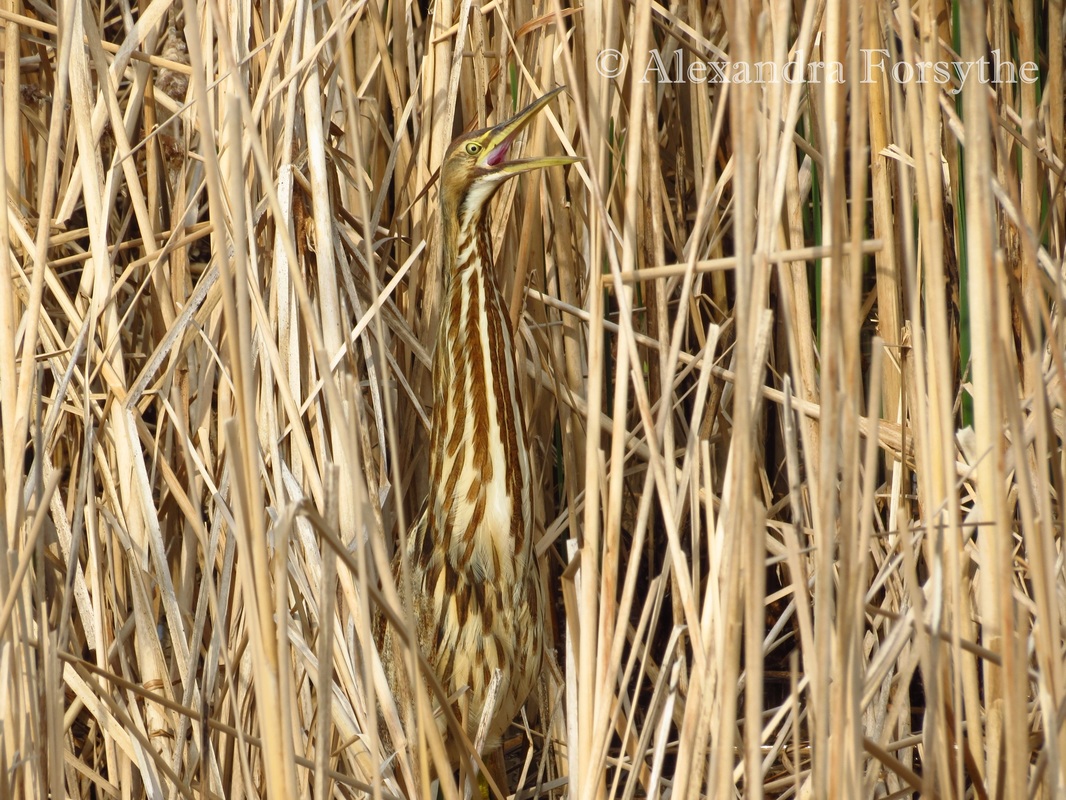Gene Stratton-Porter’s parents, Mark and Mary, produced a large family of twelve children
whose births spanned more than a score of years. Gene’s oldest sister, Catherine, was 24 years older than her. At the time of Gene’s birth on August 17, 1863, her father was 50 and her
mother 46. Gene was a bit unexpected due to her parent’s ages and the previous child having
been born over five years earlier.
The names of the twelve Stratton children, in the order of their birth, are: Catherine,
Anastasia, Mary Ann, Louisa Jane, Jerome, Samira, Irvin, Florence, Leander, Lemon, Ada, and Geneva. Sadly, Mark Stratton outlived five of his offspring, and Mary outlived four, with two of them dying as children. Louisa Jane and Samira died when they were 9 and 6 respectively, one of scarlet fever and the other of whooping cough. Leander, or Laddie as he was known, drowned in the Wabash River when he was a young man of 19. The year 1872 was a bad one for the Stratton family; Mary Ann had just turned 32 when she died a few months before Leander did, as a result of injuries she had sustained in a railway accident a few years before. Anastasia died in 1883 at the age of 45 from cancer, after her mother’s death but before her father’s passing. Mark Stratton died in 1890. His wife had died 15 years before in 1875.
The other seven children outlived both of their parents. Their first-born, Catherine, married and eventually moved to California. She lived to be 88 years old and, coincidentally, died the same year as Gene, the youngest, who was killed in Los Angeles in 1924 in a streetcar and automobile collision. Jerome became a lawyer practicing in Fort Wayne and then Kansas, but he too made his way out to California to retire. Jerome died in California at the age of 82. Irvin followed in Jerome’s footsteps by becoming a lawyer in Fort Wayne, then also moving out to Kansas. He had gone to California in 1902 on business and also to consider moving there, when his buggy was hit by a Southern Pacific electric streetcar and he was killed at age 54. Railway and streetcar accidents seemed to be a curse of the Stratton family.
Although her father feared she would become an old maid, Florence married eventually and lived in Michigan for many years before moving to Fort Wayne. She died in 1940 at the age of 89. Lemon was “ornery” as a child and went from job to job as an adult. He had drinking problems (as did Jerome for a time) and was married three times. He died of a heart condition in 1916 at the age of 59. Ada married in Wabash, Indiana but eventually moved with her husband to California for a time before returning to Wabash. Like Florence she ended up in Fort Wayne where she died in 1950 at the age of 92, the last of the Stratton children to pass. From the death of the first child to the death of the last, over 99 years had passed.
Gene fictionalized and immortalized her parents, brothers, and sisters in her best-selling
autobiographical novel Laddie, A True Blue Story published in 1913. It was made into a movie
three times.

 RSS Feed
RSS Feed
